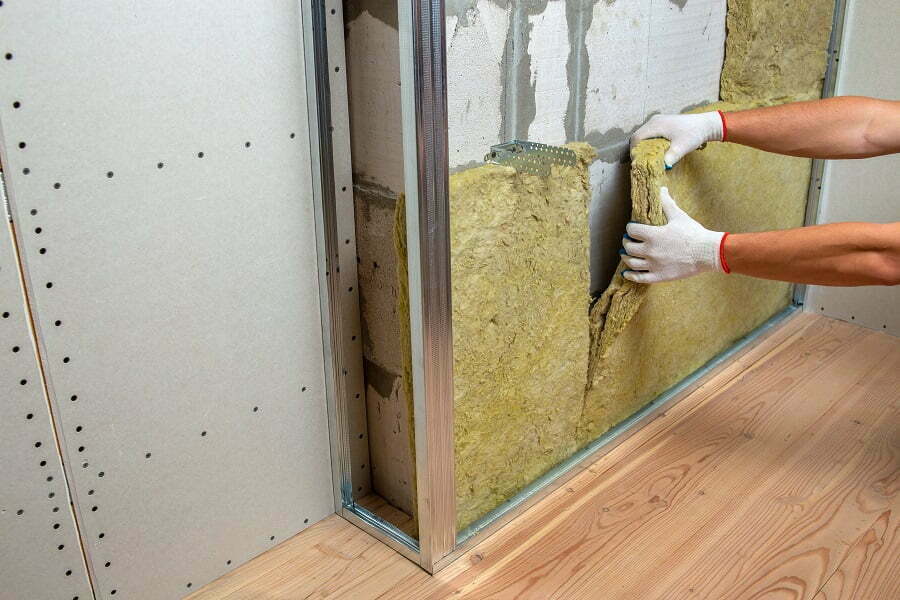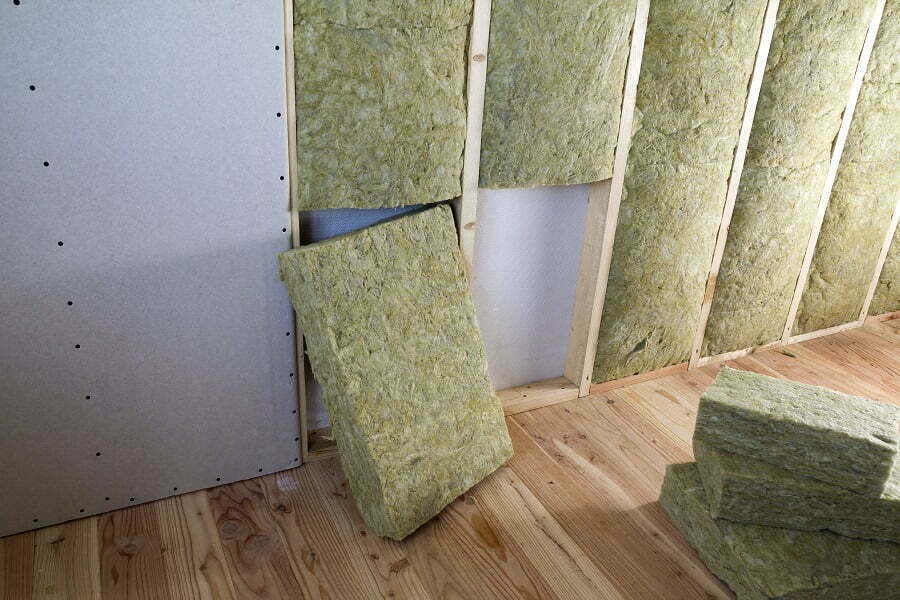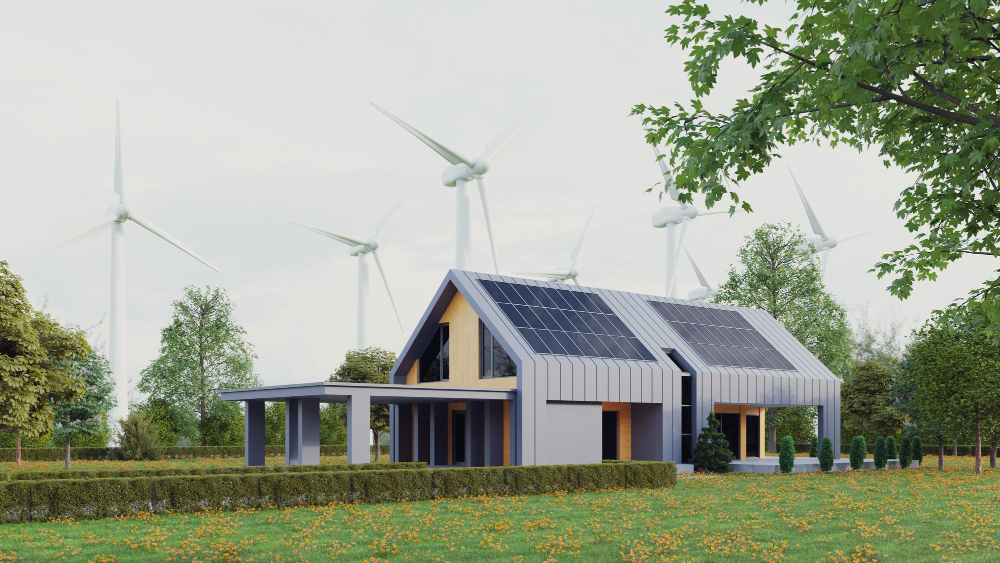Last updated on
Did you know that home insulation can be earth-friendly, green? Insulation is always left for the contractor to decide on what to do since it is considered not to have aesthetic value.
However, several innovations on eco-friendly insulation options are worth exploring for your remodeling or green building project. You can use a wide range of insulation materials like EcoTherm Insulation Board to achieve the level of insulation you desire.
Fiberglass insulation is among the cheapest options but far from being eco-friendly. Installation of fiberglass insulation consumes a lot of energy during and after the process compared to eco-friendly alternatives.
In terms of safety, fiberglass insulation contains dangerous fibers that can cause health issues like respiratory tract, eye, and skin irritation. Insulation comes with a wide range of options.
Below is a complete guide on eco-friendly insulation you can install in your home building or remodeling project.
The Importance of Insulation

Even on a 100% sealed building, air will find a way to move in and out. This brings us to the main aim of insulation: combating air movement. Air can move in any direction depending on differences in temperature and air density in a particular place. Therefore, insulation needs to be in ceilings, roofs, floors, and walls to prevent air entry and exit.
One of the essential factors that bring out a home‘s energy efficiency or inefficiency is insulation. Improper insulation will cost the homeowner more on cooling and heating since more resources will be used. Therefore, you should shift to eco-friendly insulation alternatives to lower or eliminate greenhouse emissions, reduce energy use and lower your energy bills, as well as lower heating costs.
How to Measure Insulation

You can measure your home‘s insulation effectiveness by R-value or thermal resistance value. It is measured between 1 and 60 to show how effectively your materials resist heat transfer. The R-value will be great if insulation is better. The thermal resistance value is determined by:
- The insulation installation
- Where insulation is installed
- Density of air
- Type of insulation
- The thickness of insulation material
So, what is the standard insulation? Different homes have different situations, but you will need a higher R-value in a cooler climate. R-value is affected by:
- Your home area
- The climate
- Cooling and heating system type
According to experts at iFoam in Columbia, South Carolina, “Spray foam has been rated to have the highest efficiency and R-value when compared to other insulation products
and its intuitive design allows it to create an airtight seal even in tricky and problematic spaces.”
Benefits of Eco-friendly Insulation
Producing green insulation materials like wool, cork, and shredded denim requires minimum energy compared to fiberglass insulation. Therefore, you get to reduce harmful gases during insulation material production.
Sustainable and safe materials
Natural insulation materials make the best eco-friendly product to create a healthy and green home. Natural or eco-friendly insulation materials like wool cause no irritation and are easy to handle. Using recycled insulation materials reduces carbon footprint since the materials could otherwise be thrown into landfills.
Saving energy costs
It is still possible to get a certain R-value when using fiberglass insulation. Actually, any insulation material can reduce energy costs, which many homeowners confuse with eco-friendliness. However, green insulation alternatives offer more sustainability, safety, and better insulation. For example, Icynene, a spray foam insulation, can reduce your home energy bill by 30% – 50%.
What Are the Common Eco-friendly Insulation Types
Wool
Sheep‘s wool is commonly used in blankets and clothing to warm the body. This fire-resistant material can work better in homes as on a sheep. Wool fiber is compressed on the walls or ceilings to keep the house warm during the winter and cool in the summers. By installing wool, you don’t have to adjust your air conditioning unit hence saving money and energy.
Denim or cotton
The cotton plant is renewable and natural, making it the best eco-friendly. It is not installed directly inside the wall but rolled into batts then inserted inside the walls. Cotton is clean, unlike fiberglass, which contains dangerous gasses. Another advantage of using cotton as your eco-friendly insulation alternative is that it is an insect repellent and causes no respiratory problems. It is cheap!
Icyene
It is a spray foam insulation. This amazing insulation option is a product from castor oil and can spread 100 times its volume on the surface. Icynene is great at sealing drafts, leaks, and canceling noise. Its sealing strength is strong; hence you should install ventilation.
The Takeaway
There is nothing as the best insulation option. Each alternative has its unique characteristics and importance for certain conditions and locations. Therefore, select the insulation material suitable for your home structure and needs. You can list all the important qualities you want from an insulating material and arrange all of them to make the right pick.
Related reading:
Table of Contents





